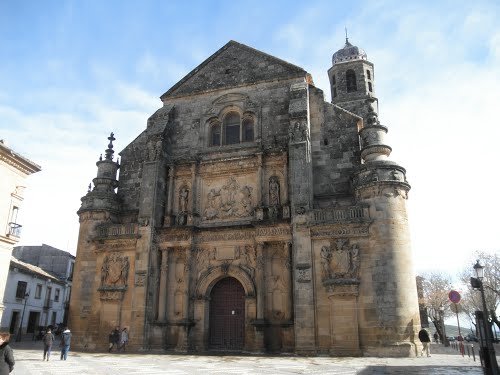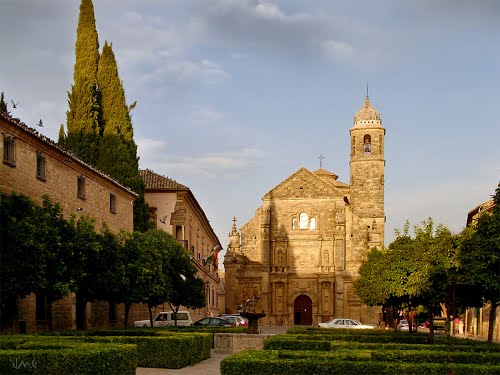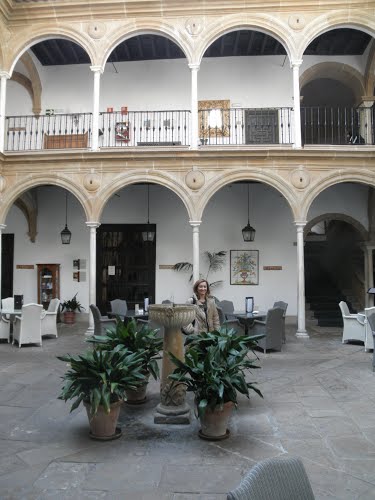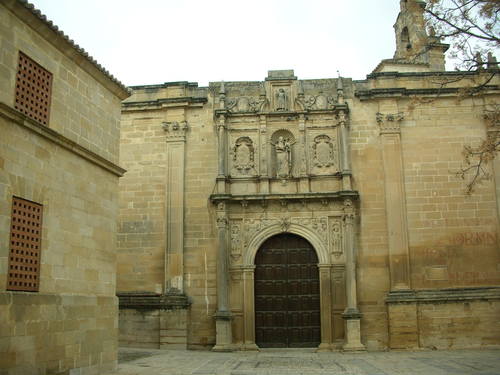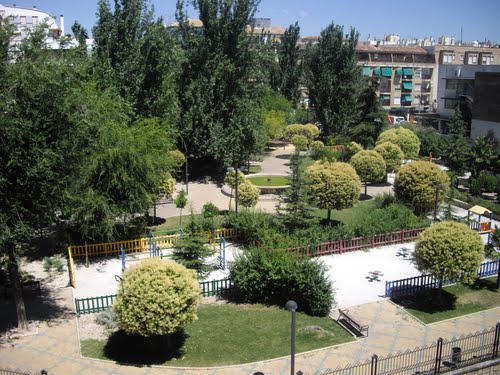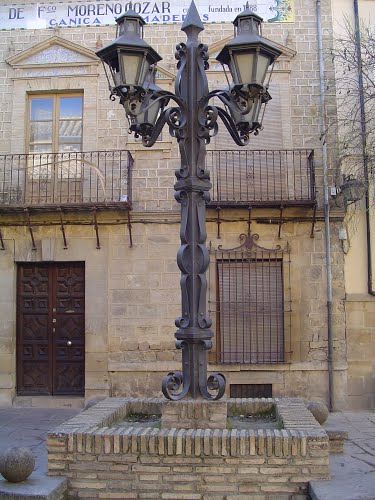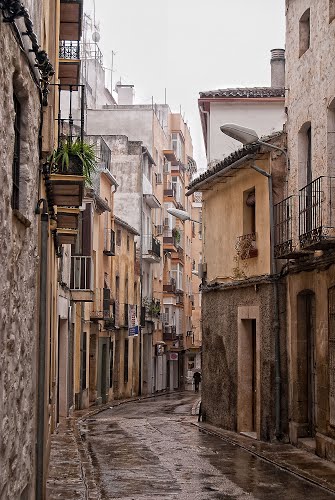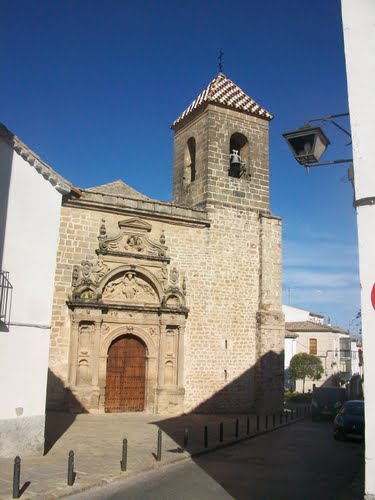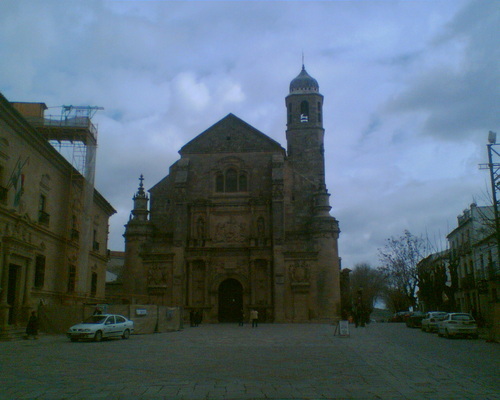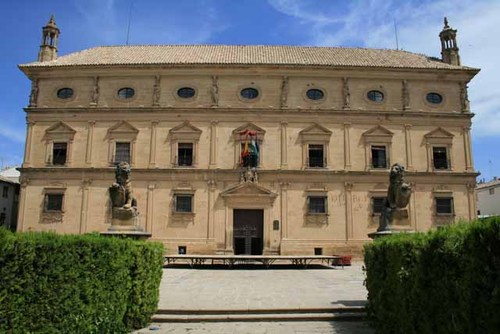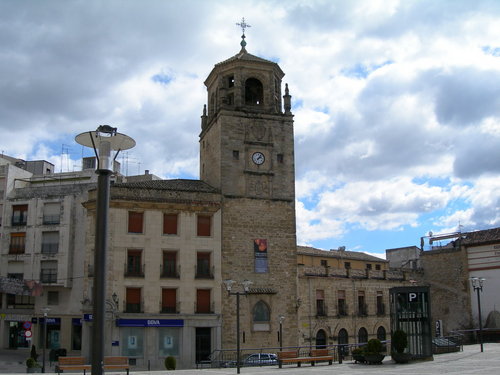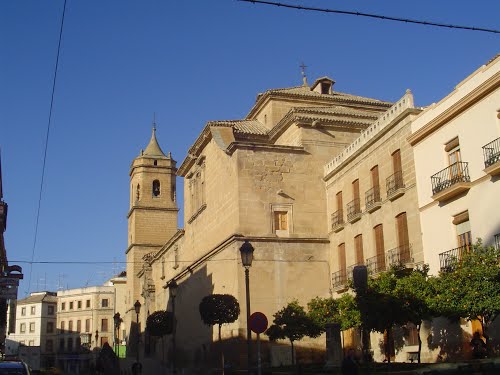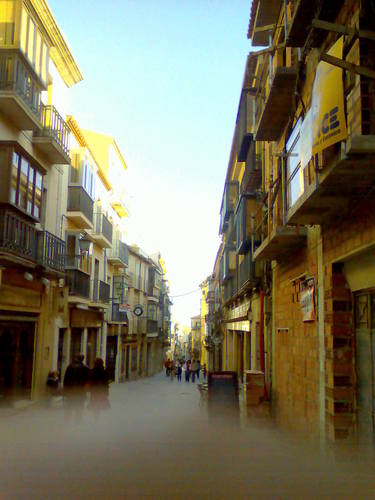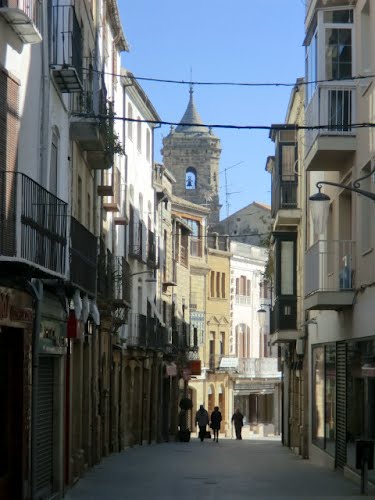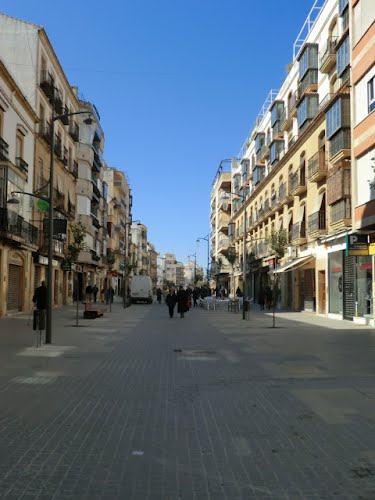Ubeda is a town in the province of Jaen in Spain's autonomous community of Andalusia, with some 36,025 inhabitants. Both this city and the neighboring city of Baeza benefited from extensive patronage in the early 16th century resulting in the construction of a series of Renaissance style palaces and churches, which have been preserved ever since. In 2003, UNESCO declared the historic cores and monuments of these two towns a World Heritage Site.
History
Recent archaeological findings indicate a pre-Roman settlement at Ubeda, such as argaric and iberic remains. The capital or the iberic state was called Iltiraka and was located over the Guadalquivir river, 10 km south of the actual site of the town. Romans and later Visigoths occupied the site as a settlement. This area became an important city in the Muslim conquest of the Iberia. It was refounded by Abd ar-Rahman II (822–852), who called it Arab's Ubbada. It was included in the area of Jaén. In this period, its territory extended to more than 35,000 hectares.
During the Reconquista, in 1233, King Ferdinand III was able to wrest the town from the Muslim rulers. After that, the Muslim, Christian and Jewish cultures coexisted for a long time.
In the Christian period the possession of territories of Ubeda increased substantially, including the area from Torres de Acun (Granada) to Santisteban del Puerto, passing by cities like Albanchez de Ubeda, Huesa and Canena, and, in the middle of the 16th century it also included Cabra del Santo Cristo, Quesada or Torreperogil.
During the 14th and the 15th centuries, internecine fighting among local nobility and populace impaired the growth of the town. In 1368 the city was devastated because of the civil war between Peter I of Castile and Henry II of Castile. This, combined with other circumstances, caused the worsening of the rivalry between the families de Trapera and de Aranda in the first moment, and the families de la Cueva and de Molina after. This produced many problems and fights which were solved when the Catholic Monarchs intervened: they ordered the Alcazar, used by the nobility as a fortress, to be destroyed.
Ubeda, on the border between Granada and Castile-La Mancha, was an important geographic buffer, and thus the population gained from the Castilian kings, a number of official privileges, such as the "Fuero de Cuenca", which tried to organize the population formed by people from Castilla and from Leon, in order to face the problems that there could be in the border. With the "Fuero de Cuenca", a popular Council was formed, which developed to a middle-class nobility, which tried to make the high-ranking official hereditary.
Ubeda's apogee of wealth occurred in part because of the rise of local Francisco de los Cobos to the role of Secretary of State for Emperor Charles V. Cobos married into the local noble family of House of Molina. The Mudejar and Morisco population of the region had provided manpower for the agriculture and the handmade industry, this economy expanded during this century and the population of Úbeda rose to about 18,000 people. It is also a period in which many important buildings were built, thanks to architects like Diego de Siloé, Berruguete, and Andres de Vandelvira. The time of prosperity ended with several natural disasters, and in the last years of the 18th century Ubeda tried to recover its economy, with the help of the agriculture and the handmade industry.
In the early 19th century the War of Independence produced economic damages again, and Ubeda did not recover until the end of the 19th century, when several technical improvements were applied in agriculture an industry. Ideological discussions took place at the "casinos", places for informal discussions about several items.

